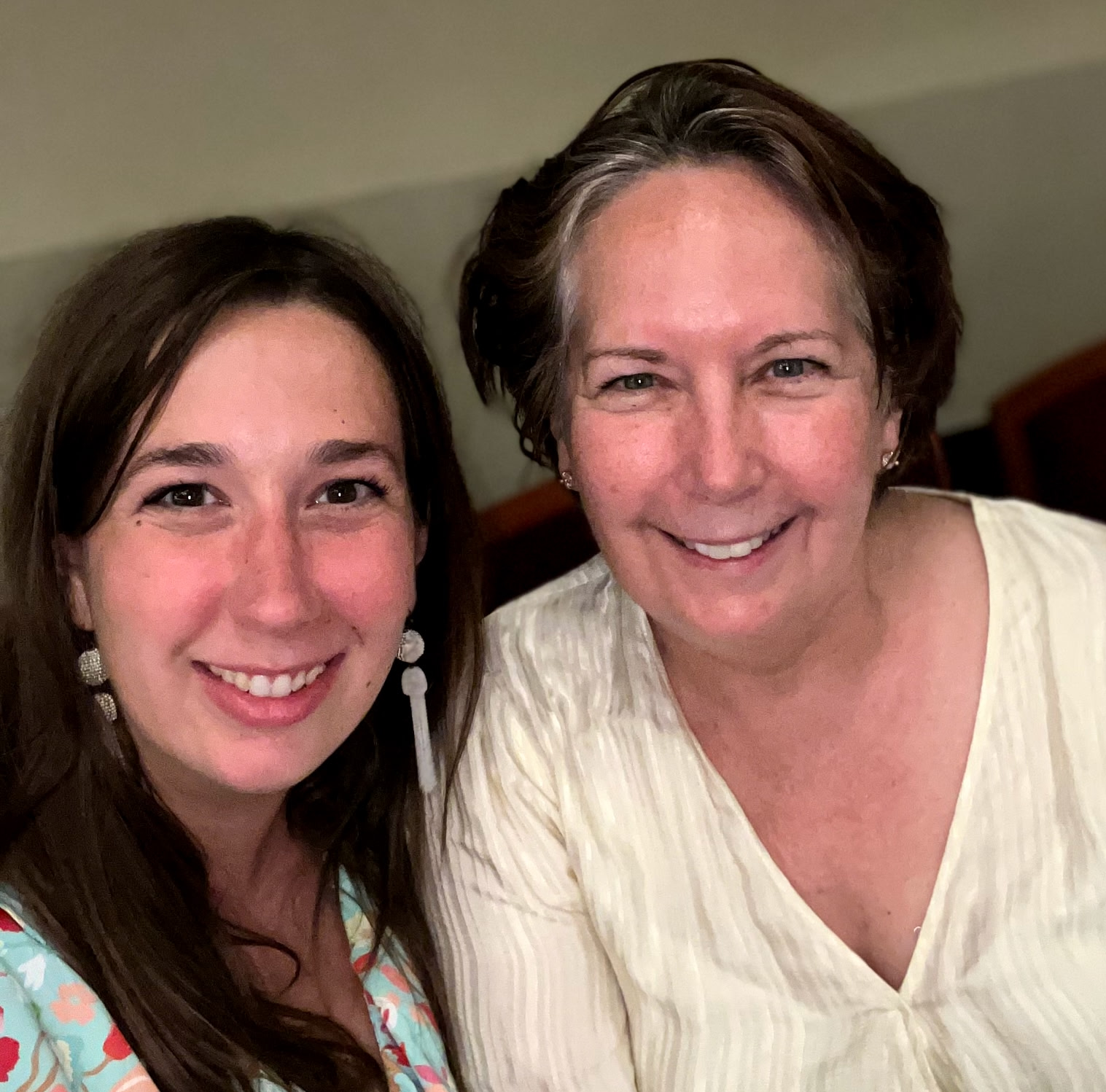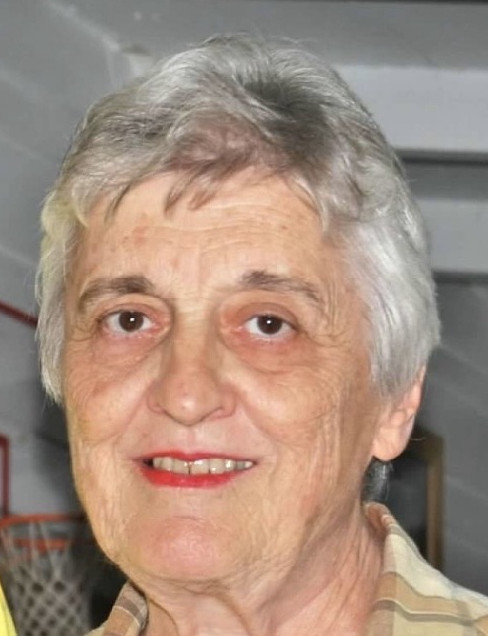How do you prevent cardiac arrests in very sick children? The answer comes from work done at Cincinnati Children’s outside the intensive care units on improving situation awareness. Situation awareness can be defined as “knowing what is happening around me.” This concept has been applied for decades to military operations and aviation safety but has only more recently come to medicine. For example, when a child is admitted to the PICU with a severe infection, it is imperative that the team has a shared situation awareness. This is a three part process. First, the team needs to perceive all of the components of the patient’s presentation—their medical history, lab test results, and physical exam. Next, they must understand that this constellation of signs and symptoms is severe sepsis and puts the patient at high risk for death. Lastly, the need to have a shared projection of what may happen next. The full team must understand the risks and how to anticipate and reduce these risks. When we are highly concerned about a PICU patient, we label them as a “watcher” or one we need to closely follow for deterioration.
Over the last five years, we have worked hard to establish a system in the PICU that supports shared situation awareness for every member of a child’s care team. Our first step in this process is daily huddles to bring doctors, nurses, respiratory therapists, and unit leaders together to discuss the situation awareness of the whole PICU. We discuss how many admissions and discharges are expected; who are the sick patients or “watchers”; and what are other concerns or threats to safety that day. These questions are discussed and the watcher or high risk patients are labeled both at the bedside and within our computer system to be sure everyone knows who they are. Second, we have huddles within each small area or neighborhood of the PICU. Here the nurses and respiratory therapists discuss watcher patients, safety concerns in their neighborhood, and safety learnings. Our last type of huddle occurs at the bedside of our watcher patients. During this huddle, the immediate care team and the patient’s family reviews the risk to the patient and the plan for response. A sign is hung on the doorway that outlines this plan and provides a visual queue for all caring for this patient.
Using this multi-step process based around high-level team communication resulting in shared situation awareness, we have decreased our cardiac arrest rate in the PICU by 50%. That means last year, 16 less children received CPR in our PICU. As we transition to the new critical care building, there is a risk to the reliability of the situation awareness system. In order to provide an even higher level of care after the transition, we have been preparing for 2 years. Working with the LiveWell design collaborative and communication design students from University of Cincinnati, we have designed new bedside signs to use in the critical care building following in depth interviews and piloting with our staff. We have also improved our computer system to show the watcher patients clearly to all team members—nurses, respiratory therapists, doctors, nutritionists, social workers, chaplains, and leadership. This allows a shared situation awareness of all staff and helps us to provide our patients and families with the best possible outcomes and experience. This work has expanded from the PICU to the other ICUs in preparation for our upcoming move and has received national recognition.





